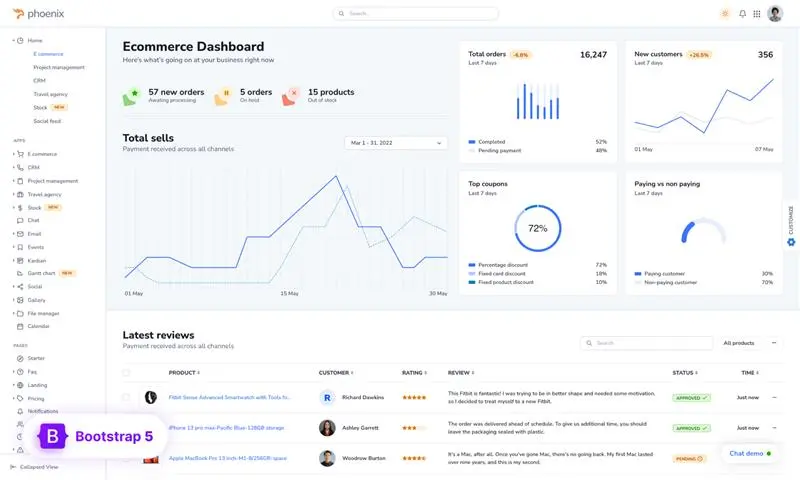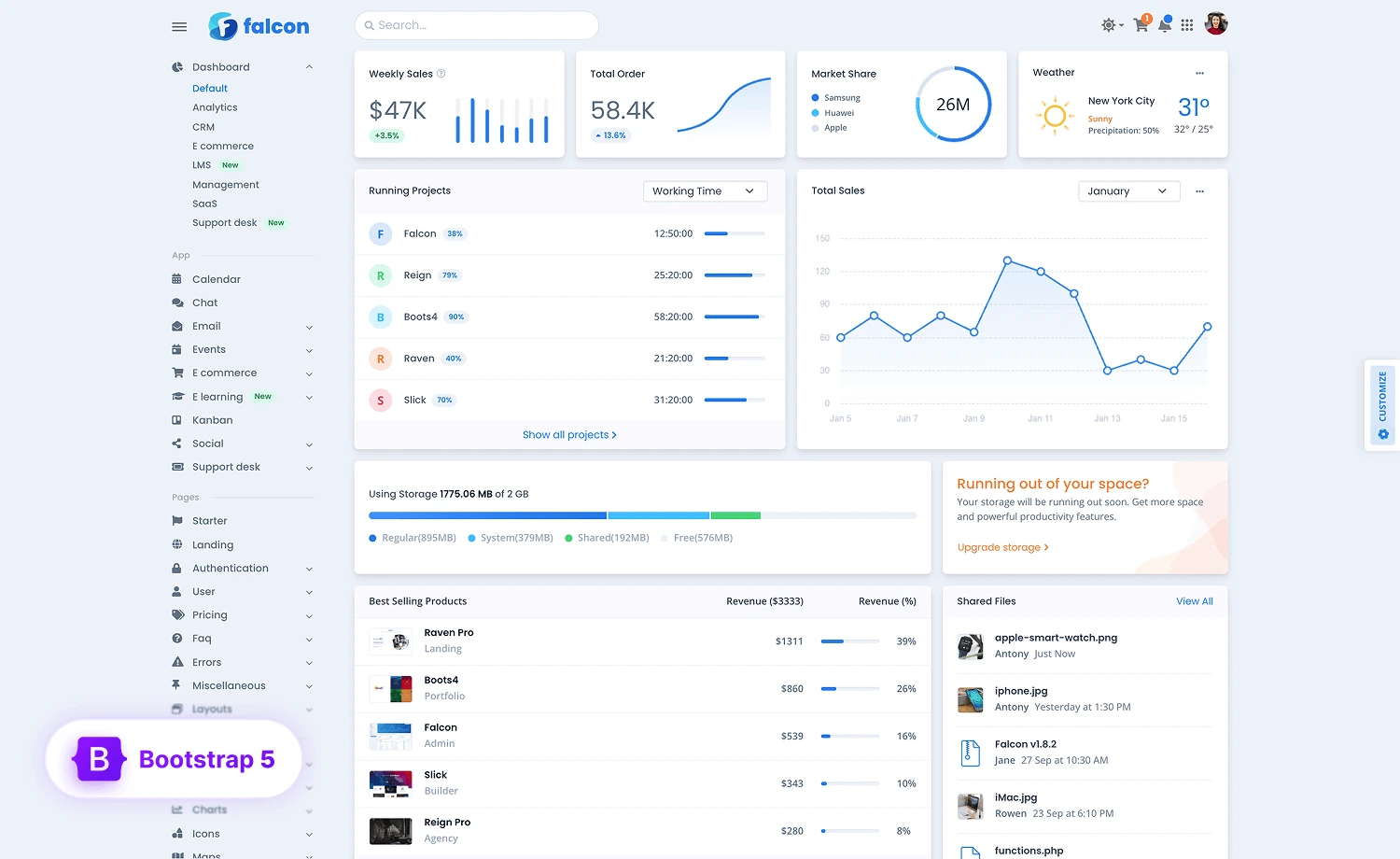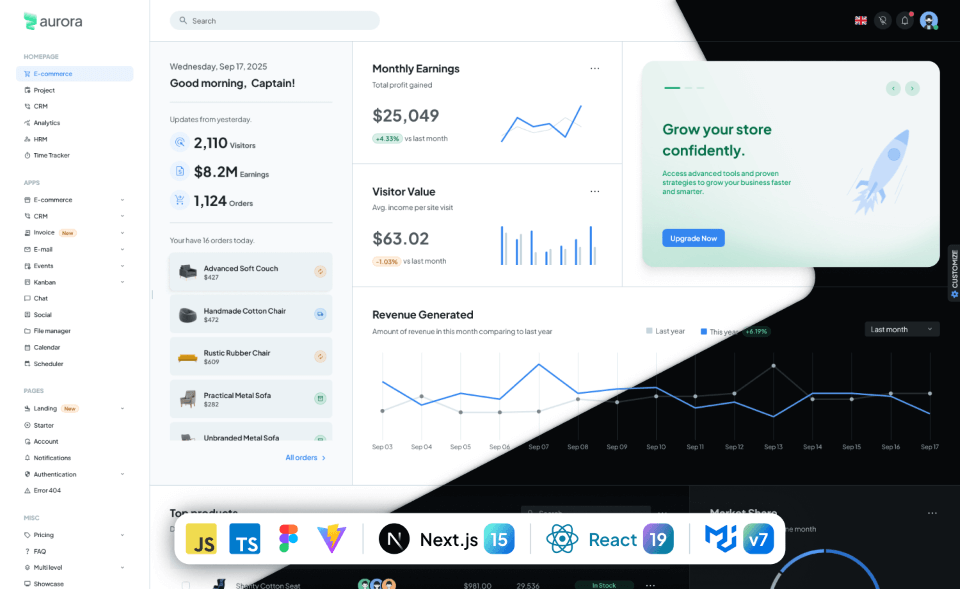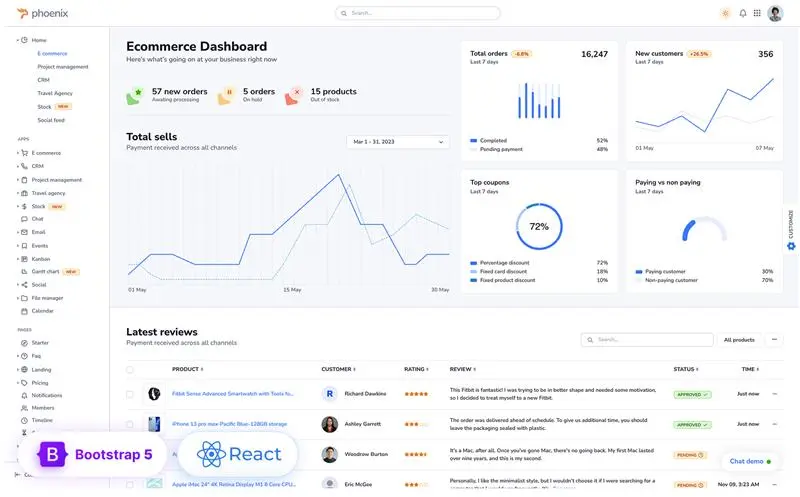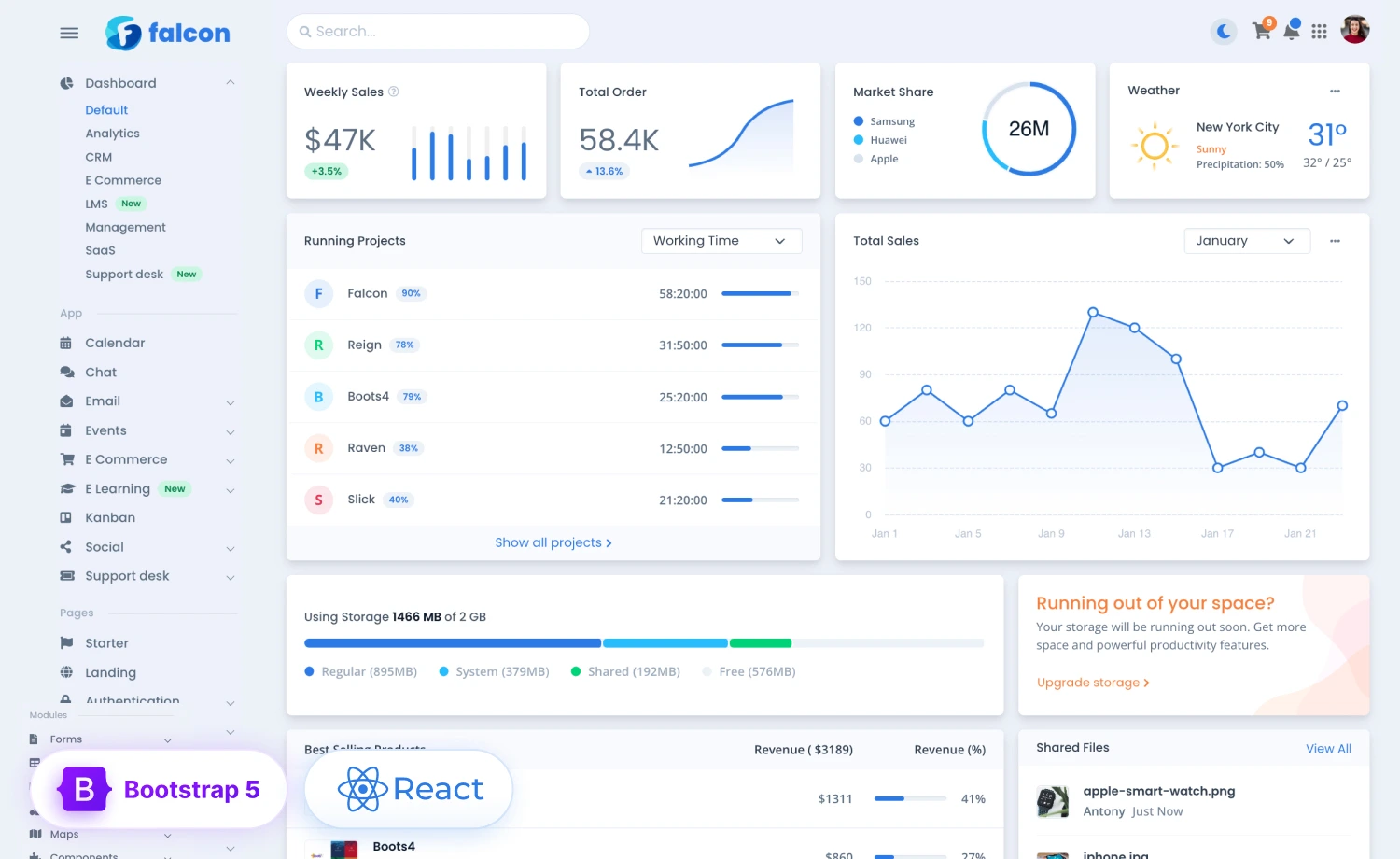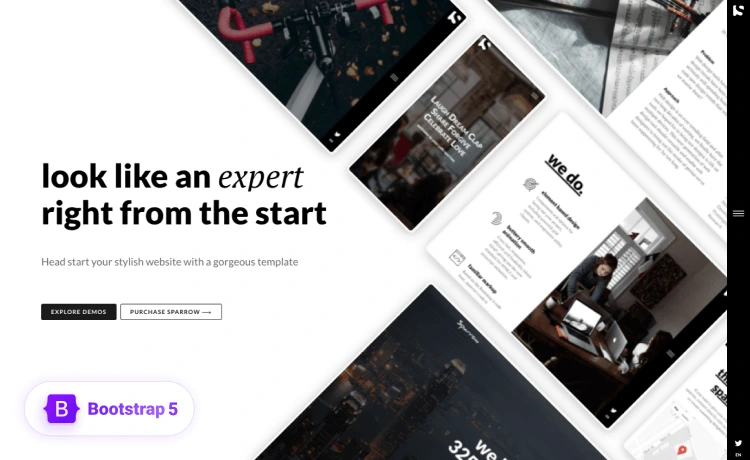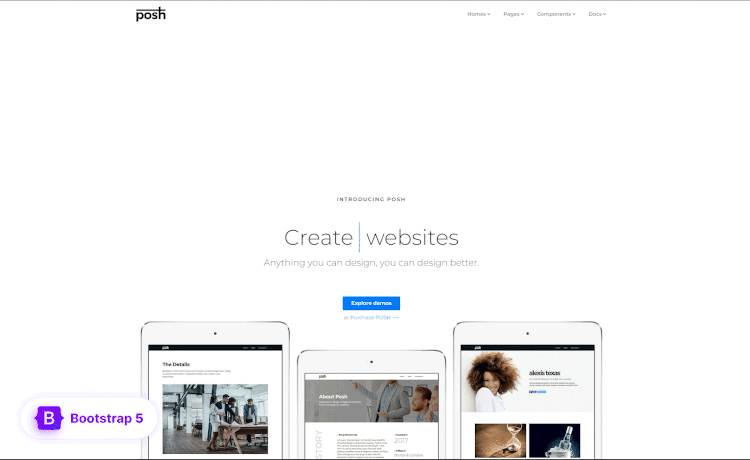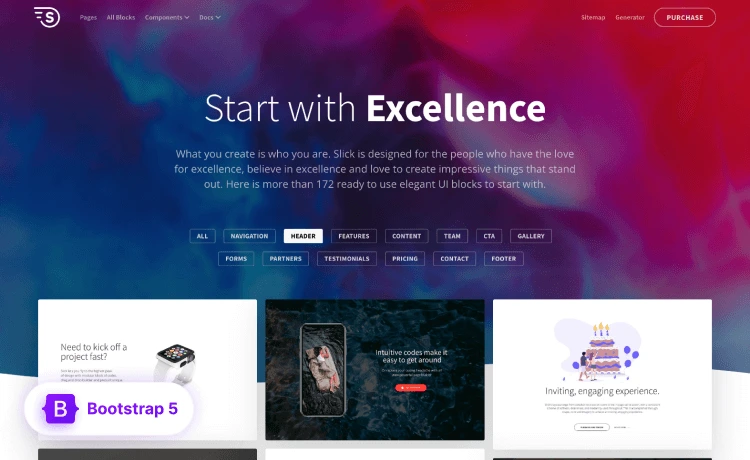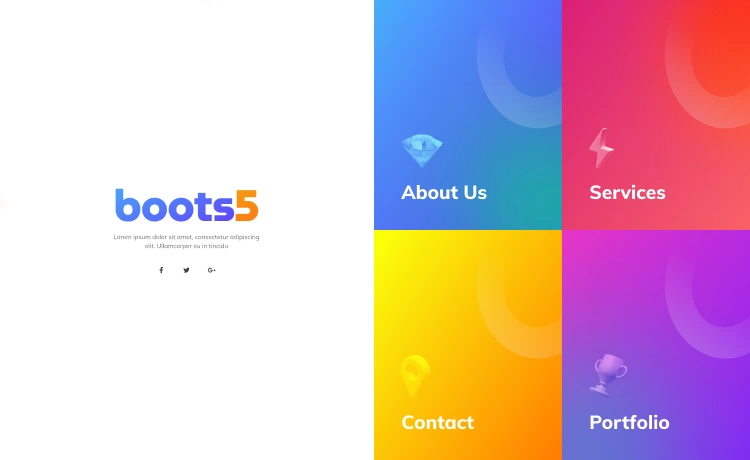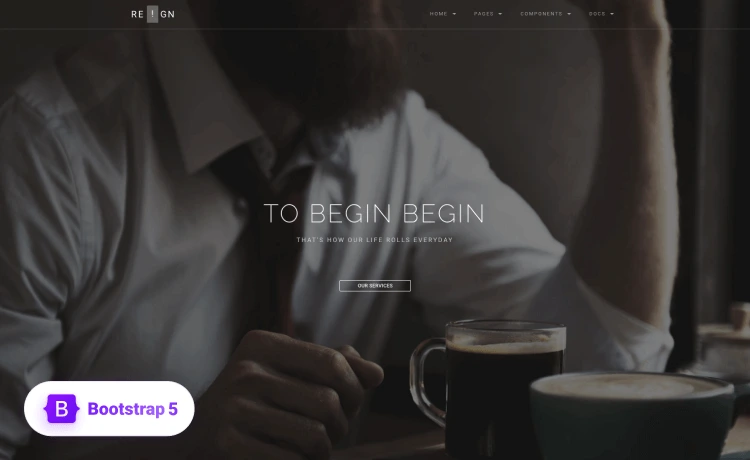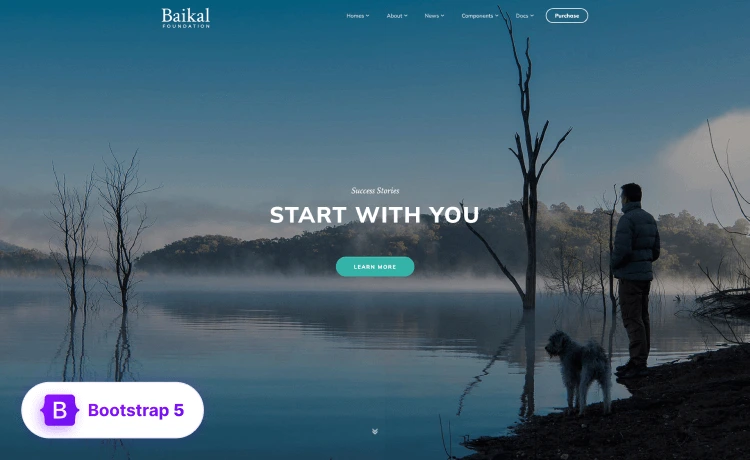Everyone has to start somewhere, and we’ve probably all been there – your client loves their new website, but they want their logo moved just a few pixels to the right, or worse still, the theme that you’ve chosen has problems with responsiveness across a selection of devices and browsers.
Often, more complex client requests can be solved with a widget or plugin, but something you’d assume to be simple can take hours because you have to alter the coding in the theme editor and that opens up a whole can of worms. Unless you’re a skilled coder, altering things in themes that aren’t easily editable can eat into your profits like crazy – especially if you charge for the client’s site as a ‘job and finish’ package rather than by the hour.
Wouldn’t it be great if you could have an expert coder or WP specialist sitting next to you while you worked, who only interjected or offered help when you needed it? And indeed that person could even predict the mistakes you were likely to make before you even made them!
You might be pleased to learn that having an AI powered ‘bot’ assistant just like that is possible using a Digital Adaption Platform (DAP) running alongside your WP coding software.
According to a source at Digital Adoption, it’s perfectly possible to use a DAP when you might be editing code in any software. There’s also the possibility of using a Learning Management System (LMS) beside your regular coding procedures, and there are, of course, pros and cons to each method.
Let’s take a high-level overview:
DAP versus LMS, how AI-driven tech can help you to improve your coding skills
In simple terms, a DAP exists as a ‘teaching layer’ of software that runs alongside the primary software to which it is allied. Its AI works on a hyper-personalized basis per user account, so if a different user logs on to the same computer where the DAP is running (usually in the cloud) – then the DAP will remember the individual user’s ability levels.
The DAP also keeps track of common mistakes and can alert the user to prevent the mistake before it happens. For example, Jane might often have the bad habit of miscoding the isset values of her PHP, as per this common mistake as outlined here on the Toptal website:
if ($_POST['active']) {
$postData = extractWhatever($_POST);
}
// ...
if (!isset($postData)) {
echo 'post not active';
}This above assumes that if $_POST['active'] returns as true, then the postData will automatically be set. This being the case, isset($postData) should also return true. But in reality, the above erroneous code assumes that isset($postData) will return false if $_POST['active'] also returns false.
This is incorrect, because isset($postData) will also return false if $postData is set as null. Consequently, it is possible for isset($postData) to return false even if $_POST['active'] returned as true.
A DAP would learn Jane’s common mistake, and if she started typing the above code, the platform might interject and suggest that Jane simply rechecks ‘post active’ by using the following code:
if ($_POST['active']) {
$postData = extractWhatever($_POST);
}
// ...
if ($_POST['active']) {
echo 'post not active';
}Crucially, once Jane had banished her bad habits, the DAP wouldn’t offer to help again on this subject but would continue to monitor her other activities for similar common errors.
The difference between the DAP and the LMS is therefore the ‘proactivity’ of the former platform. But LMS platforms certainly have their place, they just don’t work ‘on the fly’ as a DAP will do.
Is a DAP simply better than an LMS?
In a word, probably ‘yes’ in the context of helping someone learning to code. But there are times when an LMS can be a better solution.
The main advantage of a DAP is that it helps users by providing on-screen guidance and contextual support in real time, using in-app guidance, showing tooltips and offering short walk-thru videos. The main advantage there is that users can learn quickly without having to spend unproductive and onerous training time.
Where an LMS would certainly come up trumps would be if someone wanted to create a training course. The LMS allows for the construction of assessment and testing in more ‘empirical’ conditions, which allows course providers to gain certification for their content.
Learning Analytics
An LMS can provide detailed reports on a learner’s progress in terms of a ‘level playing field’ whereas the DAP is bound to specific yet very different use-cases at various and completely different ad-hoc times. There’s a danger when using reports prepared using DAP data that a person would be seen by a trainer as having poor ability compared to another learner – but in the case of the DAP, this might be simply due to the fact that the two DAP users were working on projects of differing complexity.
An LMS ensures that both learners study exactly the same content and test on that basis, so the assessment procedure is much fairer and more reliable.
However, the DAP uses individual behavior analytics, which focuses on how users interact with the software, which features are used most, where they encounter difficulties, and how people tend to navigate through applications. Crucially, such data can be used to give feedback to software designers, where an LMS course and exam process can’t really help in that regard.
Horses for courses
In summary, perhaps it’s better to use an LMS to teach coding if there’s a need to deliver structured training with fixed expected outcomes. But in the daily hustle and bustle of coding to achieve fast and efficient results, a DAP is much more suitable. This is especially true for work from home freelancers and very small businesses where there is precious little time for structured and formal training sessions.
In the final analysis, whether an individual or a company uses a DAP or an LMS (or indeed both) it’s really all about horses for courses.

